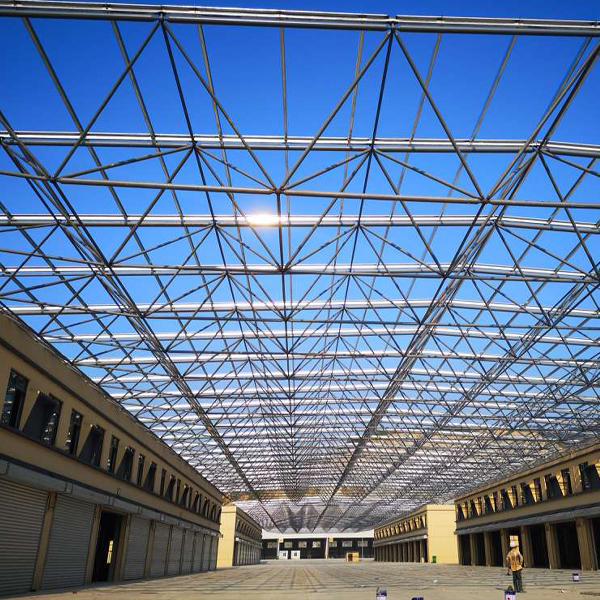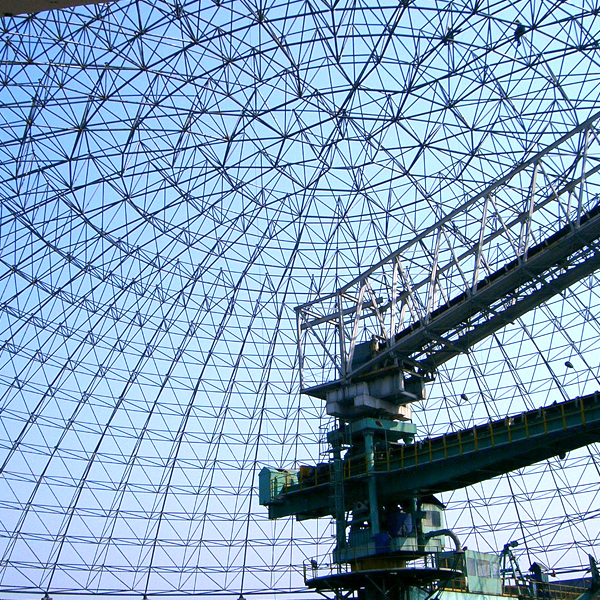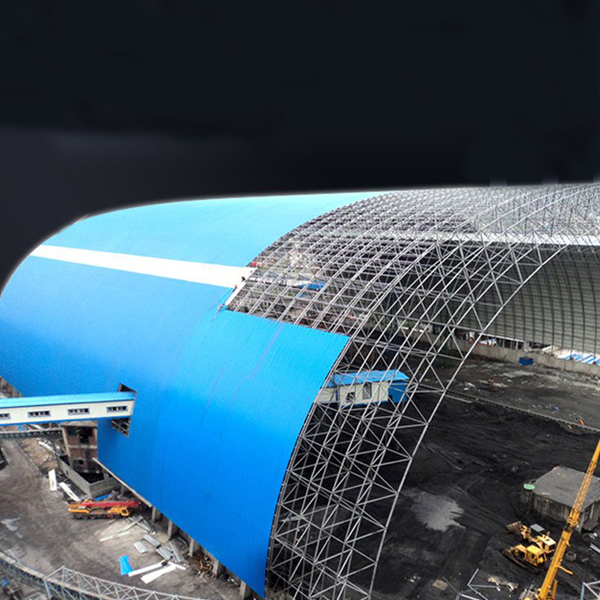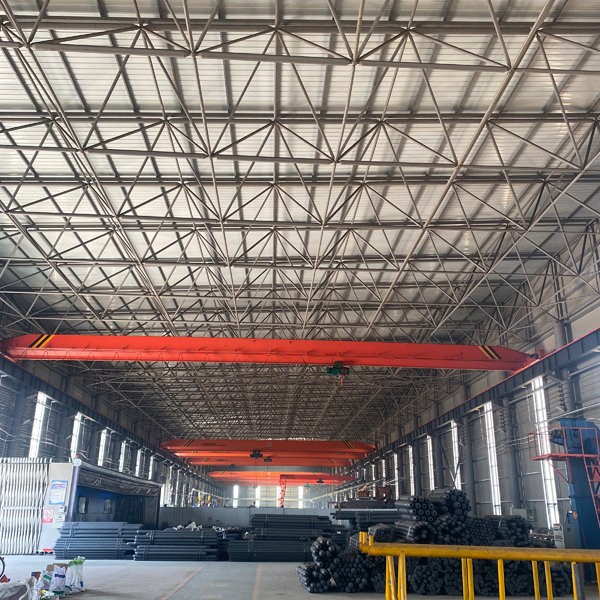What are the applications of space frame structures?
Space frame structures have a wide range of applications due to
their unique characteristics. Here are some of the main areas where they
are commonly used:
1. Architectural Structures:
Roofs
of large public buildings such as stadiums, exhibition halls, and
airports. The ability to span large distances without intermediate
supports provides unobstructed interior spaces.
Canopies and skylights add an aesthetic appeal while providing shade and natural light.
Convention centers and auditoriums benefit from the open floor plans and high ceilings that space frames can offer.
2. Industrial Facilities:
Warehouses
and factories require large, column-free spaces for efficient
operations. Space frames can support heavy loads and provide flexibility
in layout.
Storage tanks and silos can be supported by space frame structures, distributing the weight evenly.
3. Bridges and Infrastructure:
Pedestrian bridges and observation decks can take advantage of the lightweight and aesthetic qualities of space frames.
Some railway and highway bridges use space frame designs for their strength and durability.
4. Solar Panel Supports:
Space
frames can be used to support large arrays of solar panels, maximizing
the exposure to sunlight and providing a stable platform.
5. Temporary Structures:
For
events and exhibitions, space frames can be quickly assembled and
disassembled, making them ideal for temporary installations.
6. Aircraft Hangars:
The large span and high clearance of space frames are well-suited for housing aircraft.
7. Aquatic Centers and Pools:
The open design of space frames allows for natural light and ventilation in aquatic facilities.
 How are space frame structures
How are space frame structures
 How often should a space frame
How often should a space frame
 What are the advantages of a s
What are the advantages of a s
 How does a space frame compare
How does a space frame compare

